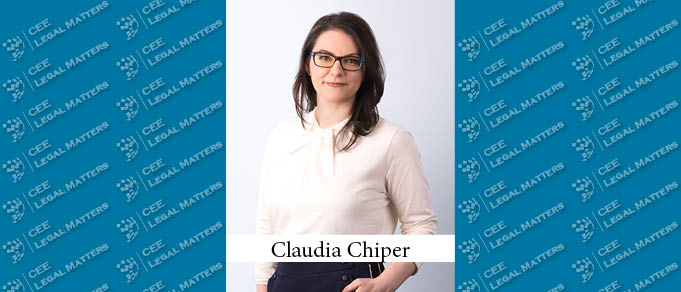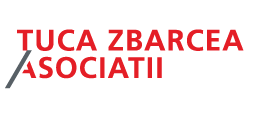Building upon the key principles set out in the UN 2030 Agenda for Sustainable Development, which included 17 sustainable development goals and 169 associated targets to be met by 2030, as well as on the provisions of the Paris Agreement, regulators in the EU have published the plan for sustainable finance (Renewed Strategy on Sustainable Finance, published in 2021 and based on the action plan originally published in March 2018). Achieving the economic transformation envisaged under the above instruments requires extensive funding, estimated by the UN at about USD 2.5-3 trillion per year.
Because the financial institutions will play an essential role in supporting the change to a greener economy, at the EU level the prudential legal framework applicable to credit institutions has been amended to include ESG risks and reporting requirements on ESG factors. Banks are required to assess their exposures to brown companies, their adaptability to change, and long-term business plans to take into account environmental, social, and governance factors. The change will happen gradually but planning ahead is key to European regulators in order to achieve the set goals.
As part of the package of legislative measures, in January 2022, the European Banking Authority (EBA) published the binding standards on ESG risk, requiring both quantitative and qualitative ESG disclosures. The first disclosure reports focusing on banks’ exposure to transition and physical risks are due in the first part of 2023. The reporting includes, among others, the credit quality of exposure to real estate, top carbon-intensive firms, and banking book exposures subject to physical risks. These reports will be based on data available in 2022. The first reporting is on an annual basis, while thereafter the reporting will be made every six months. Further, starting in 2024 and based on data collected during 2023, reporting will include the Green Asset Ratio and the Banking Book Taxonomy Alignment Ratio.
The Green Asset Ratio (GAR) was introduced in 2021 and measures the proportion of green assets qualified as such under the EU taxonomy regulations compared to total eligible assets (irrespective of their alignment to EU taxonomy). Based on a sample of 29 banks, the EBA estimated that the aggregate GAR was, in May 2021, around 7.9%.
The Banking Book Taxonomy Alignment Ratio (BTAR) indicates the alignment of a bank’s exposure towards non-financial corporates not subject to the Non-financial Reporting Directive (NFRD) standards (i.e., as a principle, companies with less than 500 employees). The difference versus GAR is that this indicator includes, among others, lending to SMEs and lending to non-EU counterparties which are not subject to the NFRD.
According to the last Climate Risk Dashboard for the Banking Sector in Romania in 2022 published by the National Bank of Romania, the exposure of the banking sector to companies exposed to transitional risk (i.e., risks deriving out of the uncertainty regarding the time and speed for the transition to a sustainable economy) has increased by 2.5% in reference to June 2021, while the carbon intensity of loans to climate-relevant sectors dropped by 14% in 2021. The same report states that green bank loans (reported since May 2022) made available to non-financial corporations amounted to approximately RON 976 million (almost EUR 200 million) in September 2022.
The first green and sustainability bonds worth RON 2.3 billion (approximately EUR 466 million) were issued in 2021, while three more issues followed in 2022 (by October) resulting in green and sustainability bonds totaling up to RON 1.7 billion (approximately EUR 344 million). According to the National Bank of Romania: “Most of the proceeds raised via these instruments will help achieve Sustainable Development Goal (SDG) 11 – Sustainable cities and communities (25.5% of total) and SDG 13 – Climate action (19.7% of total).”
The new GAR and BTAR indicators serve the purpose of assessing the current status and of paving the way for further changes, including the introduction of a mandatory level for each of these indicators and the further refinement of the criteria of evaluation of the “S” and “G” elements in the ESG concept. Until such steps are taken, a first glimpse at the “green” level of the assets of Romanian and other EU banks is about to be unveiled, while further work lies ahead in defining long-term ESG strategies at the level of both financiers and corporates who wish to access financing.
By Claudia Chiper, Partner and Head of Banking & Finance, Wolf Theiss Romania
This article was originally published in Issue 10.4 of the CEE Legal Matters Magazine. If you would like to receive a hard copy of the magazine, you can subscribe here.



